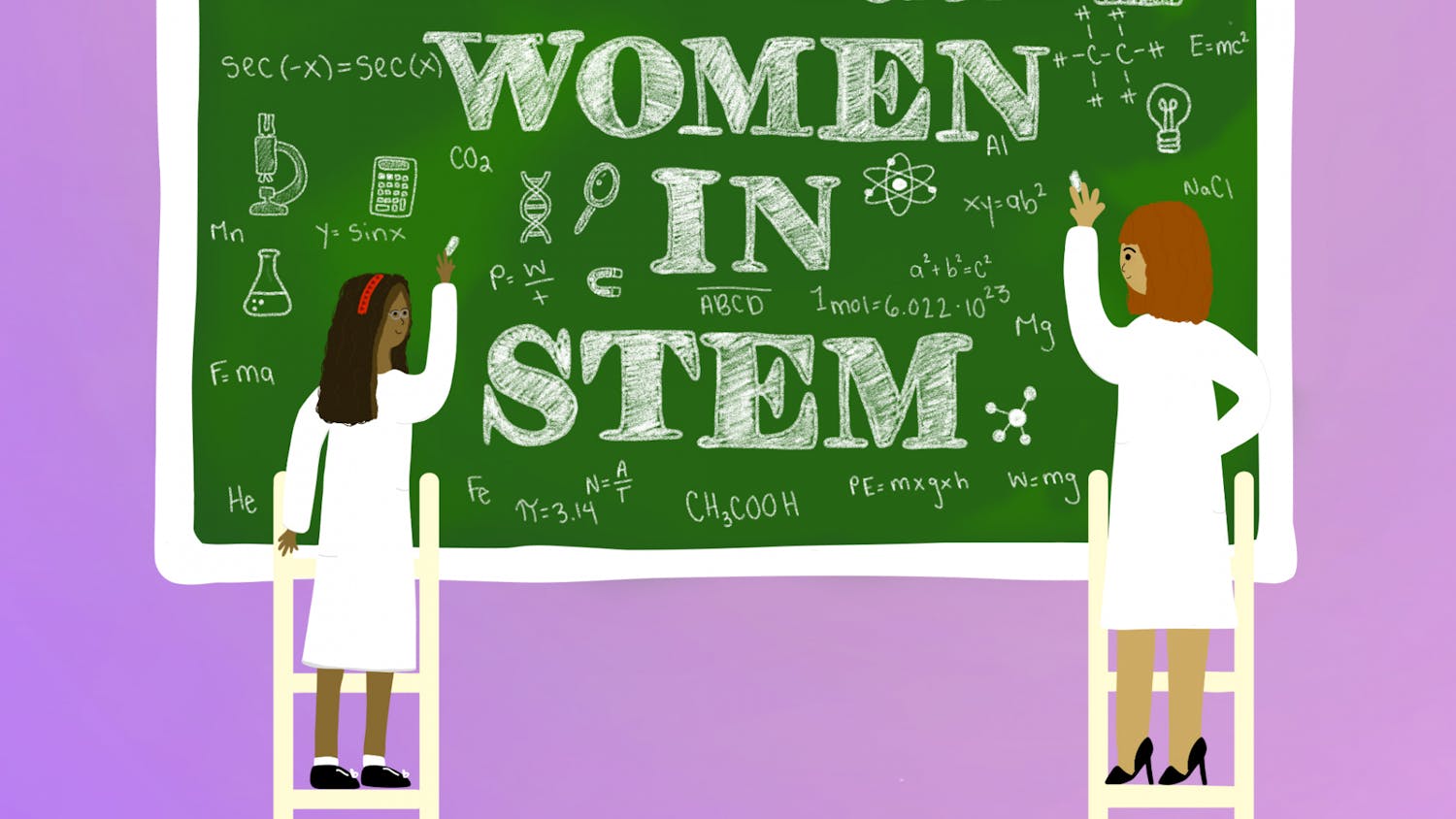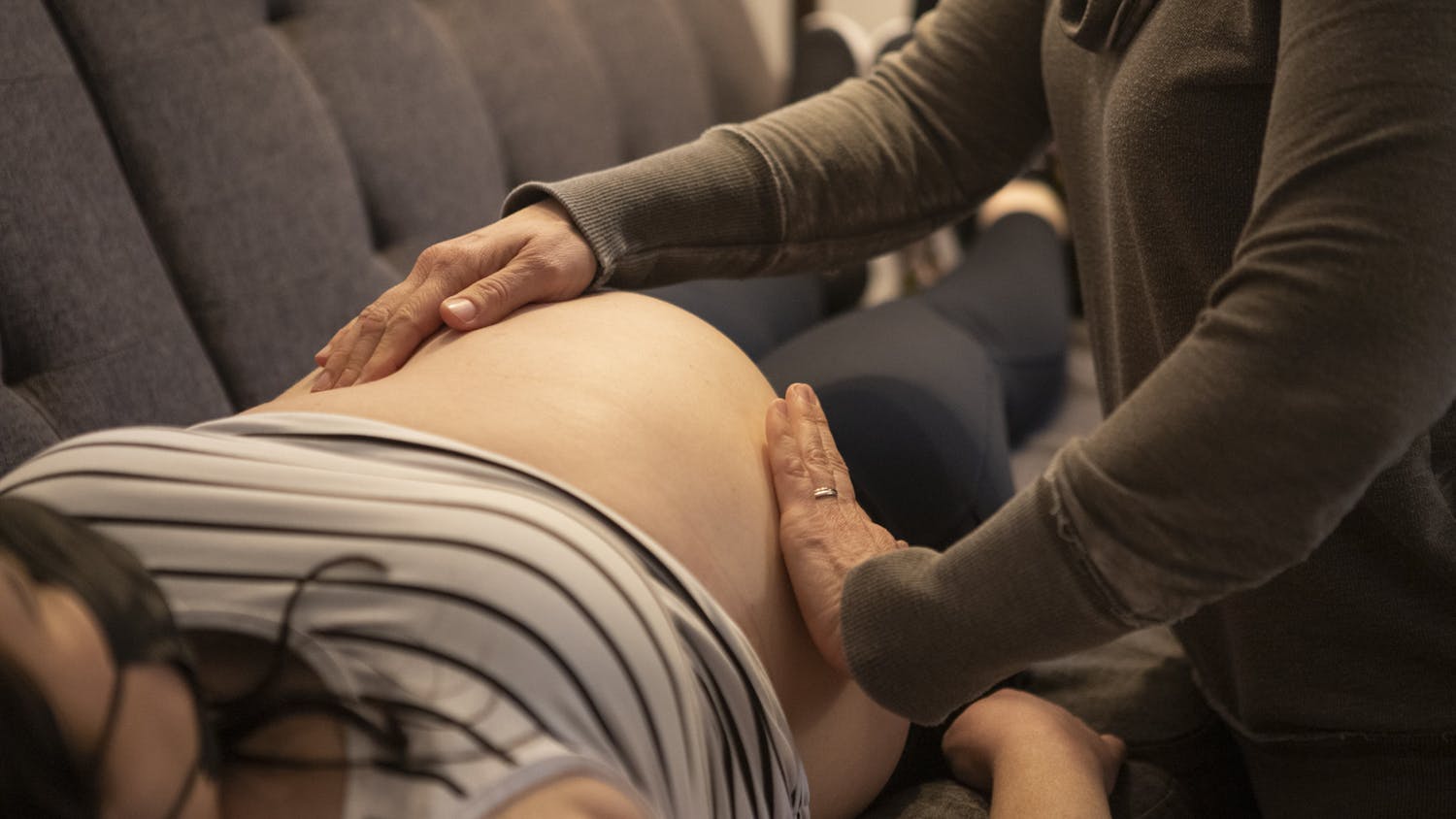Women from all over the world assume a number of roles: doctors, lawyers, teachers, mothers, sisters, wives and many more. Women make up 51% of the American population. Despite this fact, there is still a field where women are seriously underrepresented: politics.
According to Represent Women, only 28% of Congress at large are female. In state terms, only 31% of statewide elected executives of any kind are women and only a quarter of cities with a population over 30,000 have a female mayor. Within these statistics lie intersectionalities. Women of color are only 10% of the total members of Congress and make up a mere 9% of total state legislators.
Although the numbers may appear bleak, women have made great strides in the American political realm. There is a record number of women in Congress and with that comes the record number of women of color in Congress.
The first woman to ever run for the U.S. The House of Representatives was Elizabeth Cady Stanton in 1866. An abolitionist, human rights activist and one of the earliest leaders in the women’s rights movement, Stanton ran for a seat despite not being eligible to vote. She received .002% of the votes.
Susanna Salter was the first female mayor in U.S. history when she was elected in 1887 as mayor of Argonia, Kansas. History was made 30 years later when Jeanette Rankin from Montana became the first woman elected to the U.S. Congress. She served in the House of Representatives from 1917-1919 and returned from 1941-1943. Rankin voted against U.S. entry in both World Wars based on her pacifist ideals.
In 1922, Soledad Chávez de Chacón was elected Secretary of State in New Mexico. She was the first woman of color and the first Latino woman to hold a statewide elected executive office. The first Black woman nominee for vice president, Charlotta Spears Bass, ran in the 1952 election and received less than one percent of the vote. Sixteen years later, Shirley Chisholm became the first Black woman to serve in Congress. She remained in the House of Representatives for 14 years. In 1972, she also ran for president.
Representative Nancy Pelosi was elected by her colleagues as House Democratic Leader and became the first woman to head her party in Congress in 2002. In July 2016, Hillary Rodham Clinton became the first woman to be a major party’s presidential nominee. Having been granted this by the Democratic National Convention, she went on to concede the presidency despite winning the popular vote.
After a century and a half from the first women trying to enter American politics, to the closest a woman has ever been to winning a presidency, female figures in politics have become beacons of hope and symbols in politics. Politicians like Alexandria Ocasio-Cortez, Stacey Abrams and Sarah Longwell are often inspirations for young girls and women.
Caroline Brenneman, a sophomore studying early childhood education, said although she’s technically not a politician, she really looks up to Michelle Obama. Especially with her efforts in education, Brenneman said she views her as an inspiration to other aspiring educators.
“I love Michelle Obama,” Brenneman said. “She has had a really big impact in education in elementary schools when it comes to eating healthy and how eating healthy affects student learning. I would get lunch with her.”
Larissa Strong, a junior studying political science and sociology criminology, is the president of Ohio University College Democrats. Strong has had the unique opportunity to observe and aid local political candidates in their campaigns.
Strong said the experience for politicians varies greatly but for women of color, it tends to be more demanding.
“I definitely feel as though being a woman of color it’s difficult to feel respected and legitimized by specifically white men,” Strong said. “There’s a sense that you have to earn a person’s respect for them to respect you as an intellectual–as a person who knows what you’re talking about. That’s definitely a hurdle that I feel is really difficult for women of color to jump.”
Feeling lucky, Strong said she hasn’t had to deal with certain adversities since she has put herself in places that are welcoming and reflective of her own values.
In regard to women in positions of power, Strong looks up to Morgan Harper. Harper is a politician out of Columbus who was formerly a U.S. Senate candidate and now works in advocacy and community organization. Strong admires Harper’s young age and the fact she leads grassroot campaigns.
“She’s always meeting people where they are, talking to young people and I really admire that about her,” Strong said. “She has a really, really inspiring story, so I think that she’s probably one of the people that I most admire.”
In addition to Harper, there is another female candidate Strong looks up to. This candidate is a little closer to home: Tanya Conrath.
Conrath, a resident of Athens County who’s running for State Representative, is upfront about the difference in being a man in the political world versus a woman.
“It’s always an interesting question, isn’t it: about what role does identifying as a man or a woman play in politics?” Conrath said.
Being a first-time candidate, Conrath said her experience as a female has been a little difficult, but she has found a strong community feel supported and represented.
“As a first-time candidate it’s a little difficult,” Conrath said. “I am part of a women’s leadership circle of women candidates that are running. I’m also a part of the Matriots, which is a PAC (political action committee) that endorses women candidates in Ohio. Having those two resources, the Matriots and Lead Ohio Women’s Circle, have been instrumental in providing me with a support network as a woman candidate.”
Conrath called the number of women currently in the Ohio Senate “woefully inadequate representation for women.” Of the 32 senators currently serving (District 11 has a vacant seat), only six of them are women.
Conrath also said she felt a duty to act against efforts that she felt were trying to diminish the rights of the public, specifically those of pregnant people.
“I have watched, probably the last six years, the legislation that is coming out of Columbus and have become increasingly alarmed by the far right trying to chip away at people’s rights and people’s freedoms,” Conrath said. “The overturning of Roe (v. Wade) and within hours, Ohio reinstituted the Heartbeat Bill, it was the straw that broke the camel’s back for me.”
She said she had already been previously alarmed about other issues including racial equity and gun laws, but the Heartbeat Bill pushed her over the edge.
“It became apparent to me that we needed good people to step up,” Conrath said.
When it comes to advice for aspiring female politicians, Conrath has a lot to give.
“There’s a tendency for women and girls to suffer more from imposter syndrome and thinking that they don’t deserve to be where they are,” Conrath said. “I think we really need to continue to push back against that narrative.”
Conrath went on to quote a famous saying by former Associate Justice of the Supreme Court, Ruth Bader Ginsburg: “Women belong in all places where decisions are being made.”
“We are over half the population and our voices are valid and need to be heard,” Conrath said.






